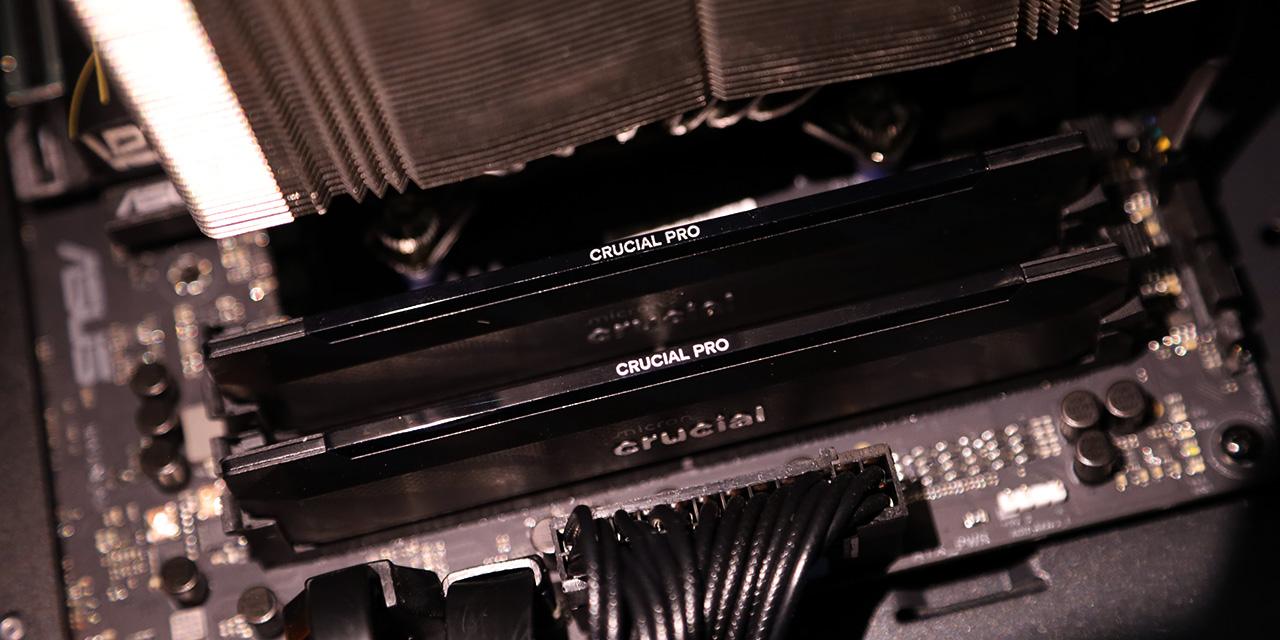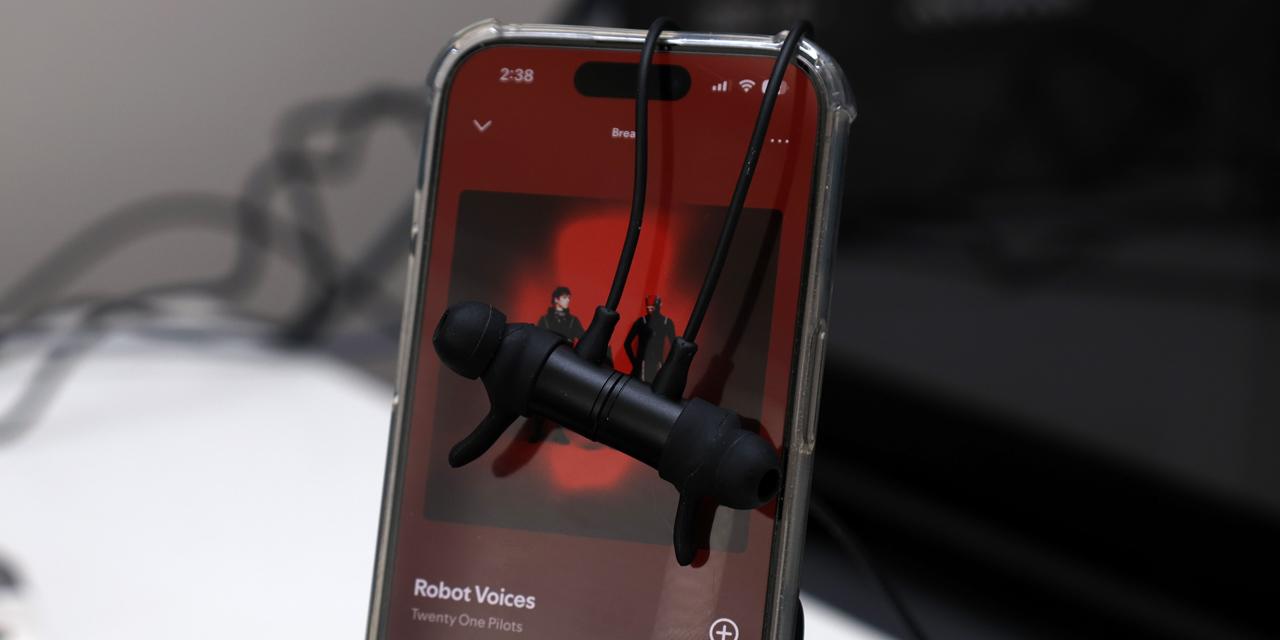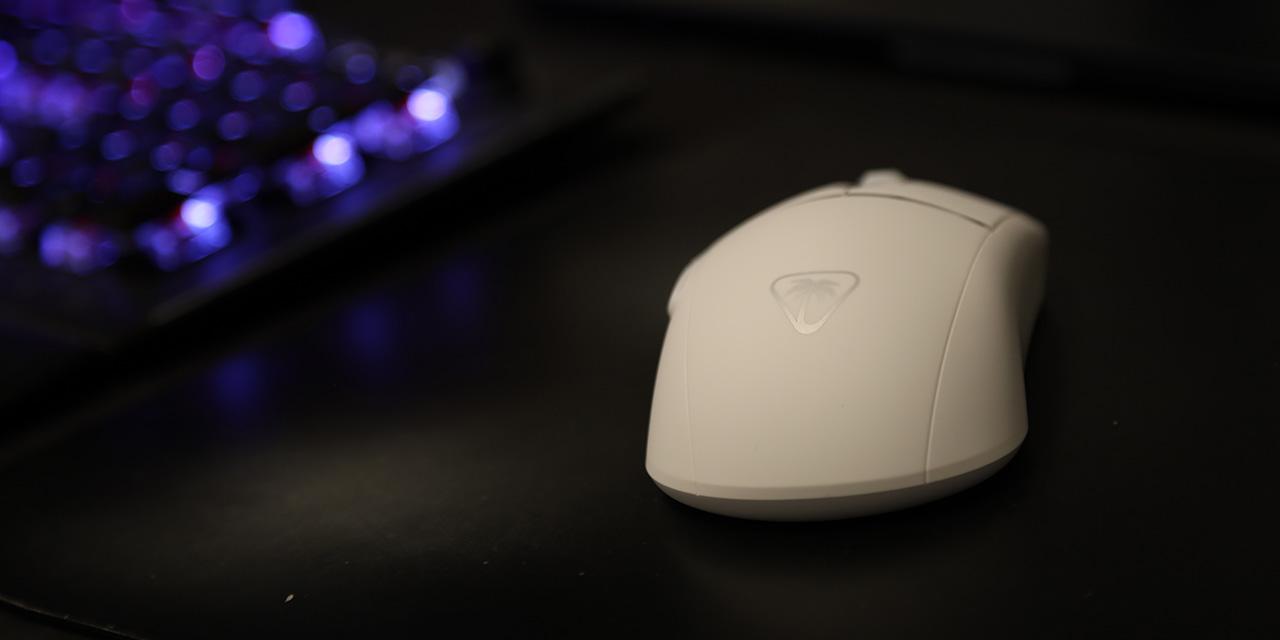From ExtremeTech: It’s no simple matter to reach the outer solar system, so NASA is making the most of the opportunity it has with the New Horizons probe. After successfully completing its Pluto flyby in 2015, the agency redirected the spacecraft to visit an even more distant object known as Ultima Thule. New Horizons got up close and personal with this frozen chunk of rock on January 1st, but New Horizons has only just beamed back high-resolution images.
NASA launched New Horizons in 2006 when Pluto was still considered a planet. By the time the spacecraft reached its target, Pluto was merely a dwarf planet. That didn’t make the accomplishment any less significant, though. New Horizons provided the first images of Pluto sharp enough to reveal surface details like vast plains of frozen nitrogen and methane dunes.
The nature of New Horizons’ mission provided NASA with a unique opportunity to explore more of the outer solar system after the 2015 main event. Because Pluto is so far away, New Horizons had to get moving at a phenomenal speed to get there in a reasonable amount of time. It was the fastest spacecraft ever launched at the time (only recently supplanted by NASA’s Parker solar mission), and the fifth manmade object to reach solar escape velocity. Therefore, it wasn’t practical for New Horizons to enter orbit of Pluto. After it coasted through, NASA selected Ultima Thule as the next observational target and set a course.
View: Article @ Source Site





